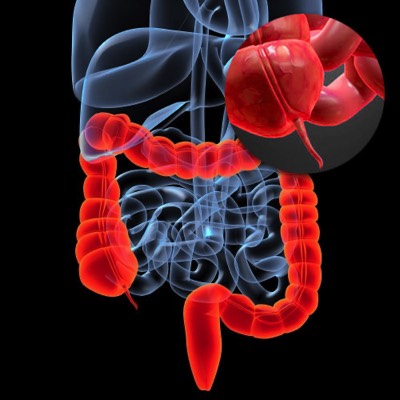+918048034294

This is your website preview.
Currently it only shows your basic business info. Start adding relevant business details such as description, images and products or services to gain your customers attention by using Boost 360 android app / iOS App / web portal.
Laparoscopic Appendectomy: A Minimally Invasive...

Laparoscopic Appendectomy: A Minimally Invasive Approach Appendicitis is a common surgical emergency that requires prompt treatment to prevent complications. Traditionally, an open appendectomy was the standard approach, but with advancements in surgical techniques, laparoscopic appendectomy has emerged as a preferred method due to its minimally invasive nature and quicker recovery times. What is Laparoscopic Appendectomy? Laparoscopic appendectomy is a surgical procedure used to remove an inflamed appendix using small incisions, a camera (laparoscope), and specialized instruments. This method offers several advantages over the traditional open surgery, making it the preferred choice for many patients and surgeons. GMB ID https://maps.app.goo.gl/vpQDUk7ZjmiCJMtP7 Email dr.ankur.bhanushali@gmail.com Website https://www.drankurbhanushali.com/ GMB ID https://maps.app.goo.gl/vpQDUk7ZjmiCJMtP7 Email dr.ankur.bhanushali@gmail.com Website https://www.drankurbhanushali.com/ Advantages of Laparoscopic Appendectomy 1. Smaller Incisions: Unlike open appendectomy, which requires a large incision, laparoscopic surgery involves 3-4 small incisions, reducing scarring and pain. 2. Faster Recovery: Patients typically experience a quicker return to daily activities compared to open surgery. 3. Reduced Postoperative Pain: Smaller incisions lead to less tissue trauma and discomfort. 4. Lower Risk of Infection: The minimally invasive nature of the procedure decreases the likelihood of postoperative infections. 5. Shorter Hospital Stay: Many patients can be discharged within 24 hours of surgery, improving overall healthcare efficiency. The Laparoscopic Appendectomy Procedure 1. Preparation: The patient is placed under general anesthesia to ensure a painless procedure. 2. Incision and Trocar Placement: The surgeon makes small incisions in the abdomen and inserts trocars (thin tubes) to allow access to the abdominal cavity. 3. Insertion of the Laparoscope: A tiny camera is inserted through one of the trocars, providing a high-definition view of the appendix. 4. Appendix Removal: Specialized instruments are used to detach the appendix from surrounding tissues and remove it safely. 5. Closure: The incisions are closed using sutures or surgical glue, completing the procedure. Recovery and Postoperative Care • Pain Management: Mild discomfort can be managed with prescribed pain relievers. • Activity Restrictions: Patients are advised to avoid strenuous activities for a few weeks but can resume light activities within a few days. • Dietary Guidelines: A soft diet is recommended initially, with gradual reintroduction of regular foods. • Follow-Up: A postoperative visit is essential to ensure proper healing and address any concerns. Potential Risks and Complications While laparoscopic appendectomy is generally safe, some potential risks include: • Bleeding • Infection • Injury to surrounding organs • Conversion to open surgery if complications arise Conclusion Laparoscopic appendectomy is a highly effective, minimally invasive procedure for treating appendicitis. Its advantages, including reduced pain, faster recovery, and minimal scarring, make it a preferred option for many patients. As surgical techniques continue to advance, laparoscopic approaches are expected to remain at the forefront of modern surgical care.

